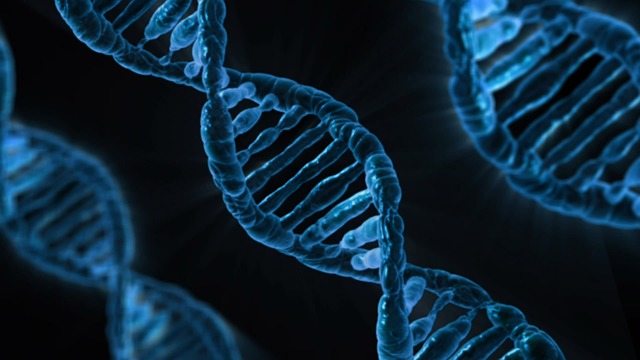Europeans, according to research, come from a mixture of three ancestral populations – Middle Eastern farmers, indigenous hunters, and a population that came from the east during the Bronze Age. Now, however, DNA from the remains of the Caucasus has revealed a fourth population that adds to the genetic mix.
Recent scientific advances have allowed researchers to retrieve and analyze genomes from ancient burials. The genome is the genetic blueprint for a human, contained within the nucleus of every cell.
The Caucasus hunter-gatherer genomes show a continued mixture with their Middle Eastern cousins to the south, who would go on to invent farming 10,000 years ago. This mixing ended about 25,000 years ago, just before the peak of the Ice Age.
At this point, populations shrank, as is shown by their genes homogenising – a sign of breeding between those with increasingly similar DNA.
Once the ice retreated, the Caucasus groups came into contact with a different group of hunter-gatherers living on the Steppe and mixed with them, laying the genetic foundations of the Yamnaya people.
The question of where the Yamnaya come from has been something of a mystery up to now. We can now answer that as we’ve found that their genetic make-up is a mix of Eastern European hunter-gatherers and a population from this pocket of Caucasus hunter-gatherers who weathered much of the last Ice Age in apparent isolation.
The research into the Caucasus genome was carried out by Trinity College Dublin, University College Dublin and Cambridge University, along with a team of international scientists.
“This is a major new piece in the human ancestry jigsaw, the influence of which is now present within almost all populations from the European continent and many beyond,” said Professor Daniel Bradley, leader of the Trinity team.
“India is a complete mix of Asian and European genetic components. The Caucasus hunter-gatherer ancestry is the best match we’ve found for the European genetic component found right across modern Indian populations,” said Eppie Jones, a PhD student from Trinity College. Researchers say this strand of ancestry may have flowed into the region with the bringers of Indo-Aryan languages.
























